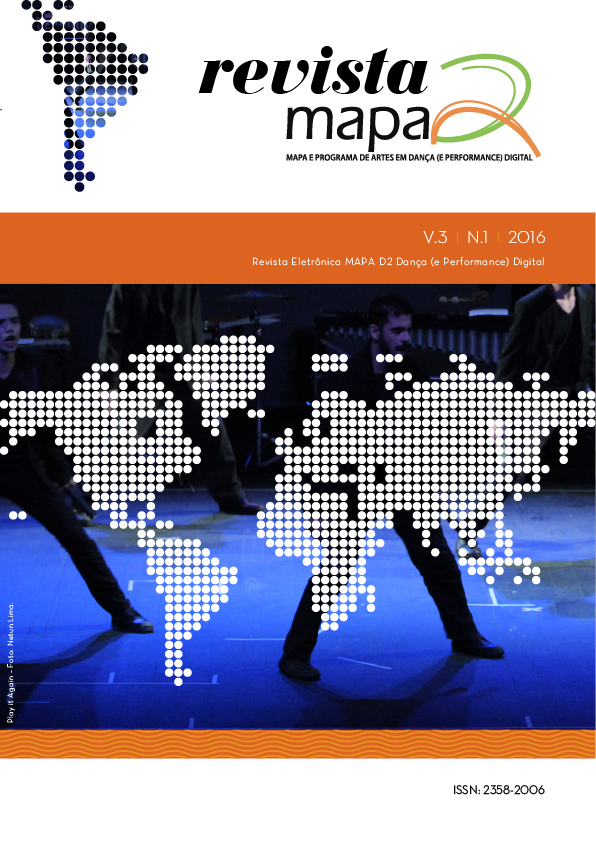Autopoiesis and Dance
Resumo
Este artigo oferece um compromisso conceitual com o processo de criatividade em movimento. No trabalho implantamos uma visão a partir da noção de autopoiese - um termo que engloba “autonomia”, "self" e "poiesis" (que significa "criação" e “produção”) - que foi introduzida pelos biólogos teóricos, Humberto Maturana e Francisco Varela , em 1972, para definir a química de manutenção do self de células vivas e foi, posteriormente, também aplicada aos campos da teoria dos sistemas e sociologia. Neste trabalho, empregaremos a formalização para sugerir como o processo de engajamento de um dançarino com o movimento é capaz de reproduzir e manter-se; explorando, teoricamente, como essa atenção é mantida e como, inevitavelmente, a vontade do dançarino deve esgotar, eventualmente, e como seus movimentos desaparecerem de volta à quietude.

